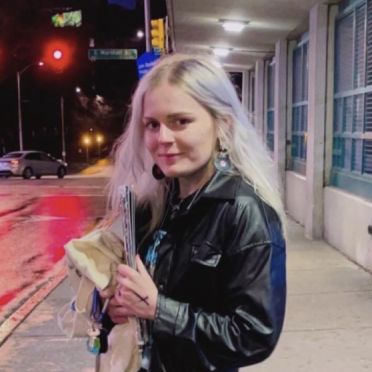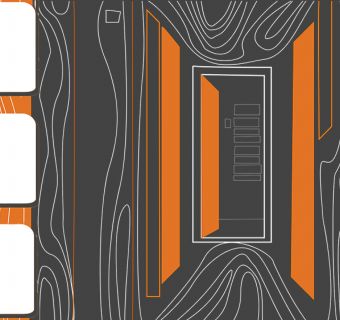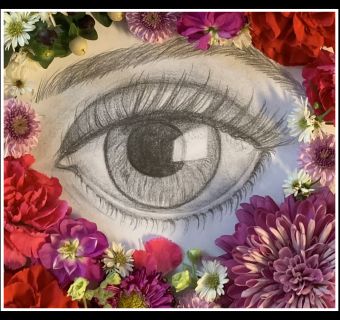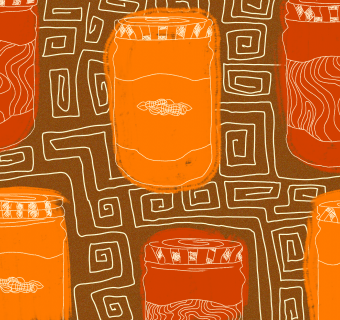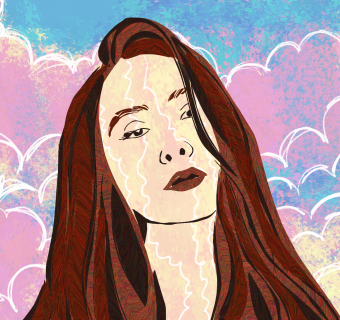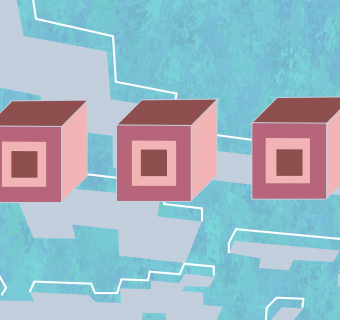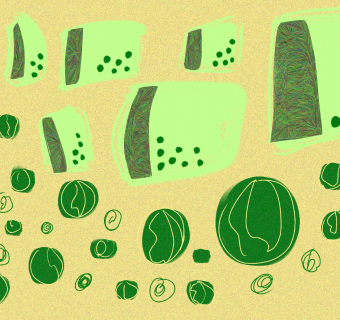Since about 2018, TikTok, the social media platform based around short videos of 3 minutes or less, has been all the rage, skyrocketing especially during the pandemic’s peak. It is estimated that the app will have 750 million monthly users by the end of 2022. TikTok’s rapid, almost instantaneous growth mirrors the quick life cycle of the trends, dances and hashtags entering and exiting everyone’s For You page – the individualized, algorithmically curated feed of videos users first see when they open the app. Every so often, there tends to be an aesthetic or trend that dominates the online algorithm. Right now, the star of the show is none other than the viral hashtags of “Clean Girl” and “That Girl”, both aesthetically intertwined in their conception of wellbeing– although the “Clean Girl” is more about physical appearance, and “That Girl” pertains to one’s lifestyle choices.
The “Clean Girl” aesthetic offers a minimalist take on beauty – a natural, dewy, no makeup-makeup look. It emphasizes the importance of a skincare routine as opposed to a full face of makeup, trying to give that “fresh out of the shower” feeling. She is seemingly put together, and never looks out of place, or like she’s tried too hard. The “Clean Girl” trend emphasizes the idea of back to basics, prioritizing classic pieces over any trending items. An updated form of the “model off duty look”, it emphasizes increasingly nebulous ideas of classic and natural beauty.
Concurrently, the “That Girl” lifestyle prioritizes self care, productivity and romanticizing what used to be mundane, or quotidien routines. Matcha lattes, smoothies, or yogurt bowls follow the clip of a yoga mat gently unfurled over the sun soaked wood floor at 7am, and the tease of a sun salutation ends the video. Next, neatly organized to do lists for the day grace the screen, or evening routines consisting of journaling sessions and chamomile tea. Those are just a few of the videos that come up when searching for “that girl”, inspiring viewers to embrace similar self care regimens.
The obsession over these aspirational trends has accumulated an insane amount of engagement over the past year, with 93.3 million views for #thatgirl and 1.7 billion views for #cleangirl (at the time of writing this article). Yet these viral trends tend to be very conformist, with many viewers trying to adopt the lives they see through a screen.
I’m not a “Clean Girl”, or “That Girl” by any means, nor have I even downloaded TikTok yet. Yet, I see the same trends while scrolling through Instagram Reels (come on, it’s basically TikTok), and I fall into the same rabbit hole, admiring the clean girl’s almost-minimalist aesthetic, or aspiring to actually eating my yogurt bowls in the morning instead of grabbing a granola bar and rushing to class.
So How Can You Get the Look?
How to Achieve “Clean Girl status
(according to Vogue)
• A solid skincare routine
• Lip gloss
• Fluffy brows
• Gold jewelry
• Slicked back hair with claw clips
How to achieve “That Girl” lifestyle
(according to Grazia)
• Be organized
• Take time to yourself
• Have a positive attitude
• Find time to exercise every day
• Choose a good diet
• Have fun
It seems simple enough to go through these checklists and adopt the “clean girl/that girl” habits prized by TikTok’s algorithm if you’re looking to follow along to the latest trends in fashion, beauty and lifestyle. But to take these trends to their logical extreme, are they as infallible as they seem, picture perfectly organized in a 30 second video, aligned with all that’s good in this world? Of course not. That’s impossible. There are 2 pressing issues in particular these popular, aesthetically pleasing videos don’t illustrate on the surface.
1. The “clean girl” aesthetic is not new; it appropriates and erases the heritage of Black and Brown women that have followed a similar routine long before it was popular today.
When you search for the term “clean girl” a good majority of the images that pop up on your screen are of young, white women satisfying typical eurocentric beauty norms- light skin, looser hair texture, etc. - within the “clean girl” framework of glowing skin, minimal makeup, and gold jewelry. Looking at the top trending videos under this tag, you would never know this recent trend derives from Black and Brown aesthetics in the 90s that first emphasized gold jewelry and slicked back hair. On TikTok, the poster child for this “new” aesthetic is almost always a white woman.
Even the language, “clean”, implies an opposite: dirty. If you’re not subscribed to this ideal of beauty, then there is a subtle message you are not living up to the standard. This poses numerous problems in making this trend equitable and attainable by everyone. For example if you have acne, it’s hard to achieve the glowing, smooth skin of the “Clean Girl”. If we are to reclaim this beauty trend, we must acknowledge that anyone can be the “clean girl”.
2. Both the “clean girl” and “that girl” trends glorify aesthetically pleasing routines to a point where it’s simply unattainable and financially exclusive.
These TikTok videos showcase highly structured and aesthetic routines, such as waking up at 5am, exercising, showering, skin care, journaling and making breakfast, all before work or school. It can be aspirational for some, but it also excludes many working class people who don’t necessarily have the time and money to document and live their life in this way. The immense pressure to conform to these trends often snowballs into larger societal issues, including rising credit card debt when people pour more money into trending products than they can spare. A lot of the products that influencers credit as being part of their “clean girl” routine are extremely expensive, such as the $600 Dyson Airwrap or any of the Charlotte Tilbury products! It’s ironic that the minimalism promoted by these trends only allows those with adequate resources to invest in these specific products. This lifestyle, while emphasizing self care and wellbeing on a surface level, manages to exalt unrealistic aspects of hustle culture and productivity with its strictly regimented routines.
Digging deeper into these trends has made me question how it is attainable on a daily basis for 90+ million viewers, both financially and with the demands of work or school, because I know when I have an 8am class every Tuesday, I am definitely not doing yoga at 5am, no matter how muchI love to practice yoga. I’ll do it in the afternoon instead. It’s important to have and incorporate practices oriented to your wellbeing - exercise, diet and relaxation - but don’t feel like it’s necessary to precisely emulate what you see on social media just because it is what’s trending. Practice what works best for your life, meeting yourself right where you are– because whatever the TikTok gods have decided will be trending will always be skewed by unrealistic standards.


